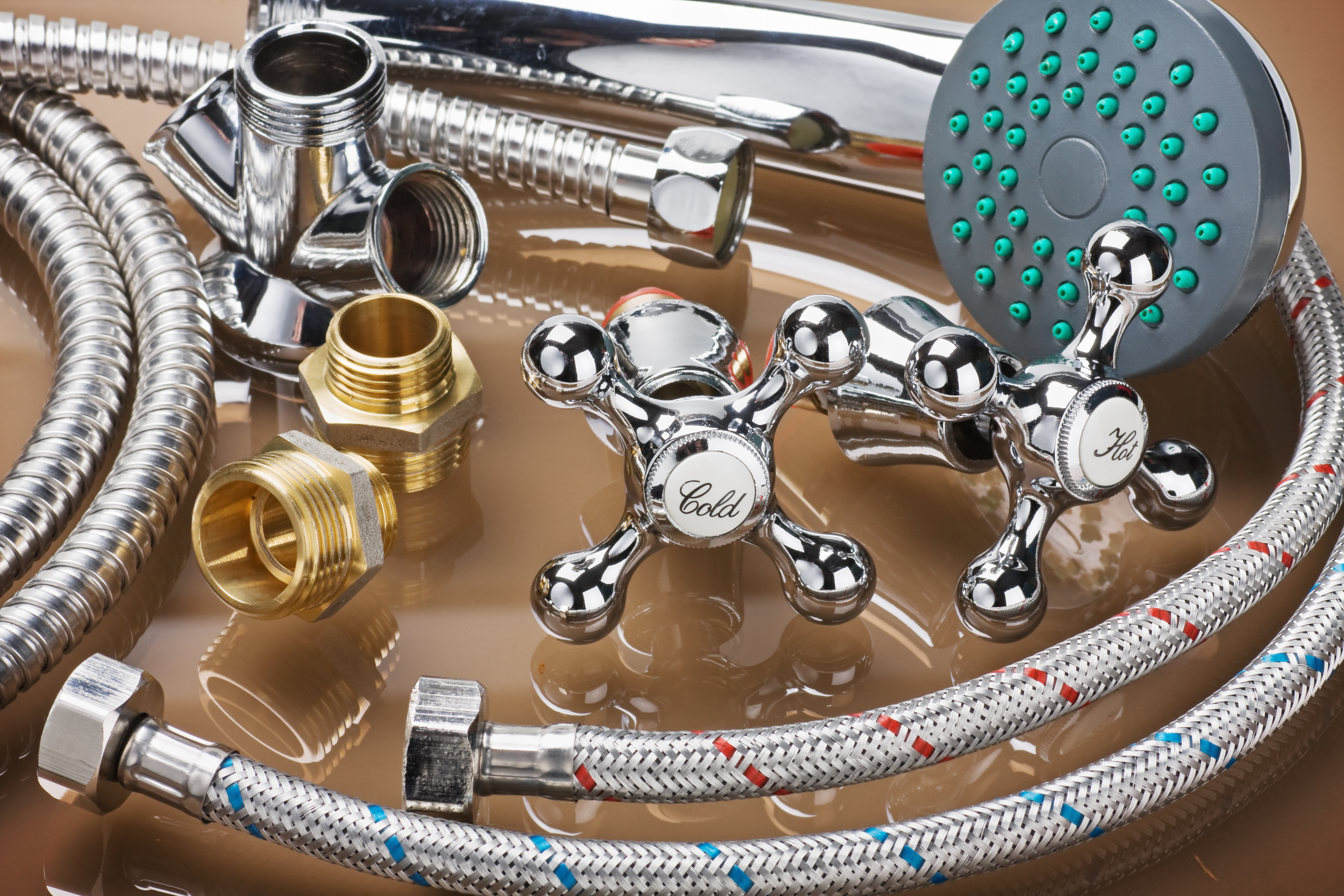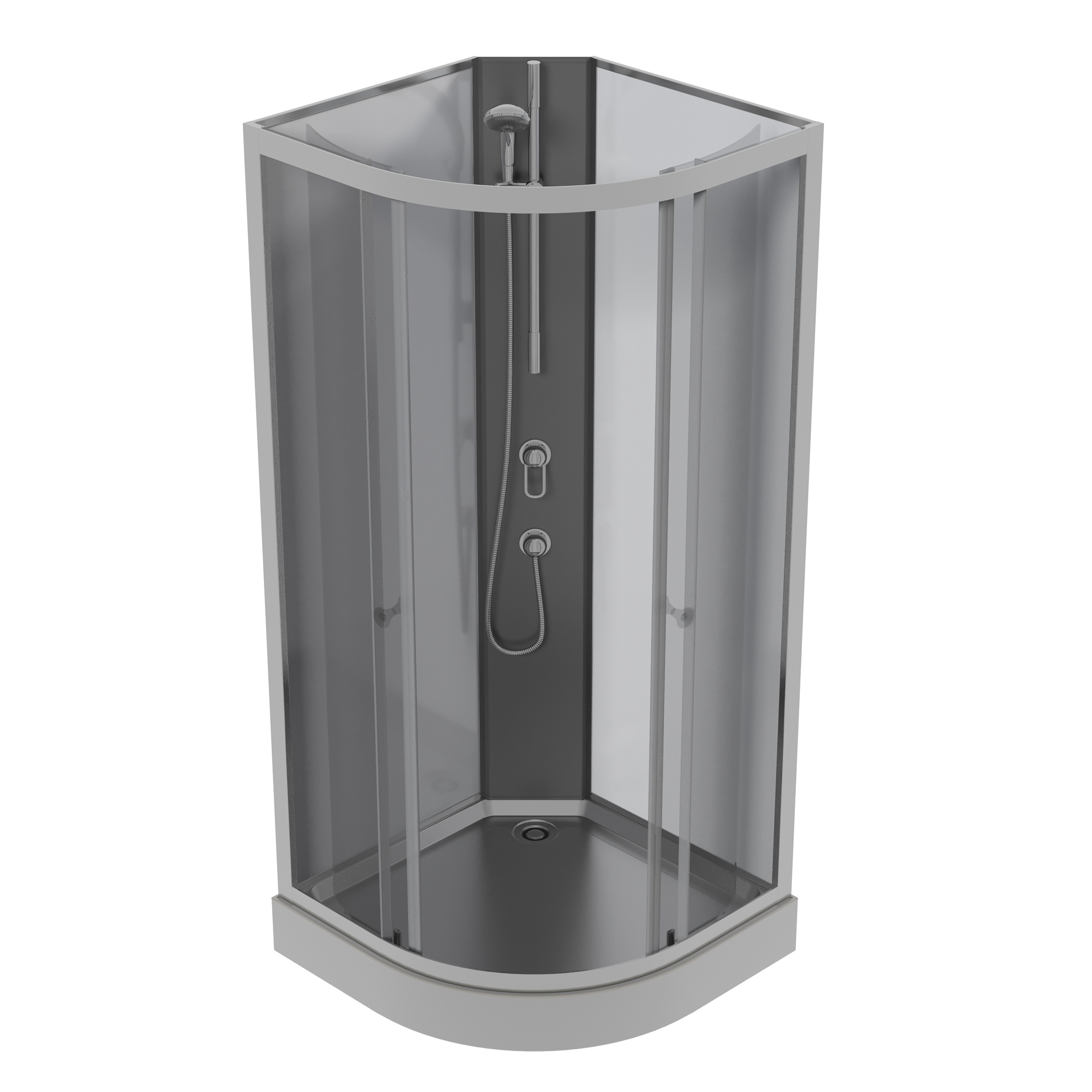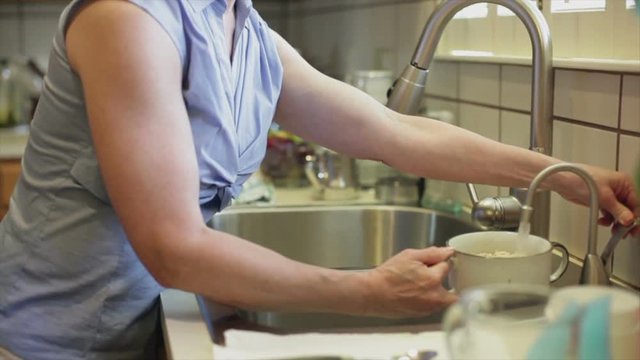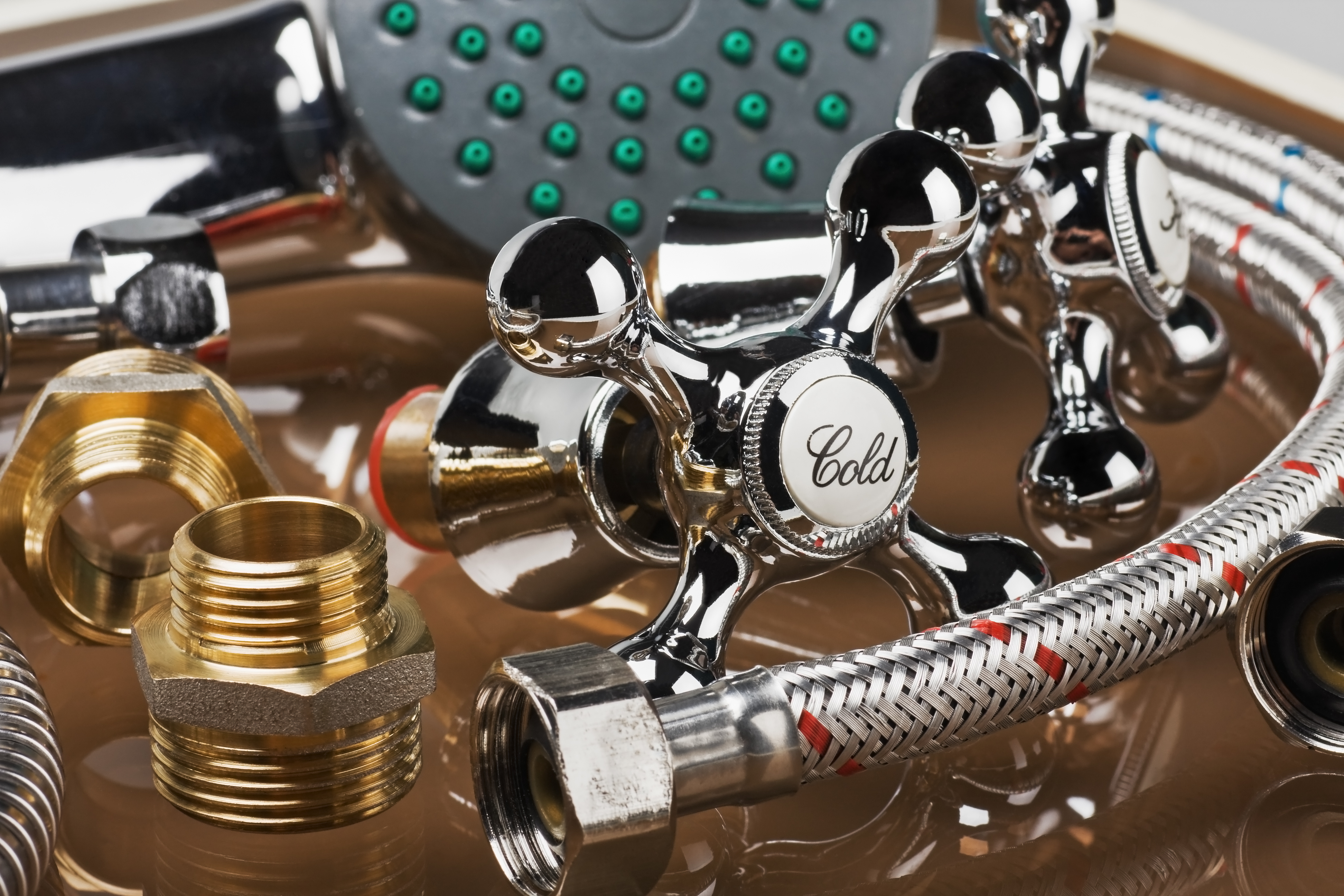
Shower Parts

Understanding shower parts and their functions
Understanding shower parts and their functions is crucial for anyone involved in home improvement or property management. Shower components may appear complex, but once you become familiar with them, you'll realize they're less intimidating than they seem. Plumbingsupplyandmore.com is a credible resource for plumbing supplies and more, including shower parts and their respective functionalities.
Understanding Shower Parts
Firstly, what are shower parts? A shower system's parts vary based on the design and type of the shower, but usually consist of items such as the shower head, shower arm, shower faucet, diverter valve, and fixtures such as knobs or handles. Each part plays a specific role in ensuring your shower functions correctly.
Shower Head and Shower Arm
The shower head is the part from which water sprays, and it can significantly impact your shower experience. Shower head parts and accessories include various types like rain shower head replacement parts or handheld shower heads. The shower arm is the pipe that connects the shower head to the water source.
One often overlooked shower part is the shower head connector pipe, also known as a shower arm. This piece holds the shower head and connects it to the water source. The shower arm and flange are integral parts of the shower system, as they ensure the shower head is securely fastened and doesn't leak.
Shower Faucet and Diverter
The shower faucet is the part you manipulate to control water flow and temperature. The term "shower fixtures" typically refers to these items - the knobs or handles you turn or pull to control the shower.
A critical shower part is the diverter, which directs water from the faucet to the shower head. If you're wondering about the shower thing that pulls up, that's usually the diverter. When you pull it up, the diverter valve is activated, rerouting water from the faucet to the shower head.
Shower Stems
The shower stem is another vital shower part. It's the component that allows you to control the water flow and temperature by manipulating the shower handle. If the shower stem malfunctions, you might experience issues with water flow and temperature control.
Installing and Replacing Shower Parts
Whether you need parts for a new shower installation or to replace a faulty component, it's essential to know what parts are needed for a new shower. These typically include the shower head, shower arm, shower faucet, diverter, and fixtures such as knobs or handles.
Replacing a faulty shower part, like a shower diverter, can be a DIY task, provided you have the right knowledge and tools. A common question is, "Can I replace a shower myself?" The answer is yes, if you feel comfortable with the task and understand the process. Always refer to a shower plumbing parts diagram or shower tub parts diagram to familiarize yourself with the parts and their placements.
However, if you're unsure about the process, it's always safer to employ a professional plumber. Many people ask, "Do I need a plumber to install a new shower?" While you might be able to handle basic replacements, a new shower installation is usually a job for a professional. When budgeting for this, keep in mind the cost can vary based on factors like location or complexity of the job. Always ensure you're comfortable with the price before commencing any work.
In conclusion, understanding shower parts and their functions can empower you to handle minor repairs yourself and help you make informed decisions when hiring a professional plumber. Whether you're a contractor, property manager, or DIY homeowner, familiarizing yourself with shower parts can save you time, money, and potential stress down the line.






